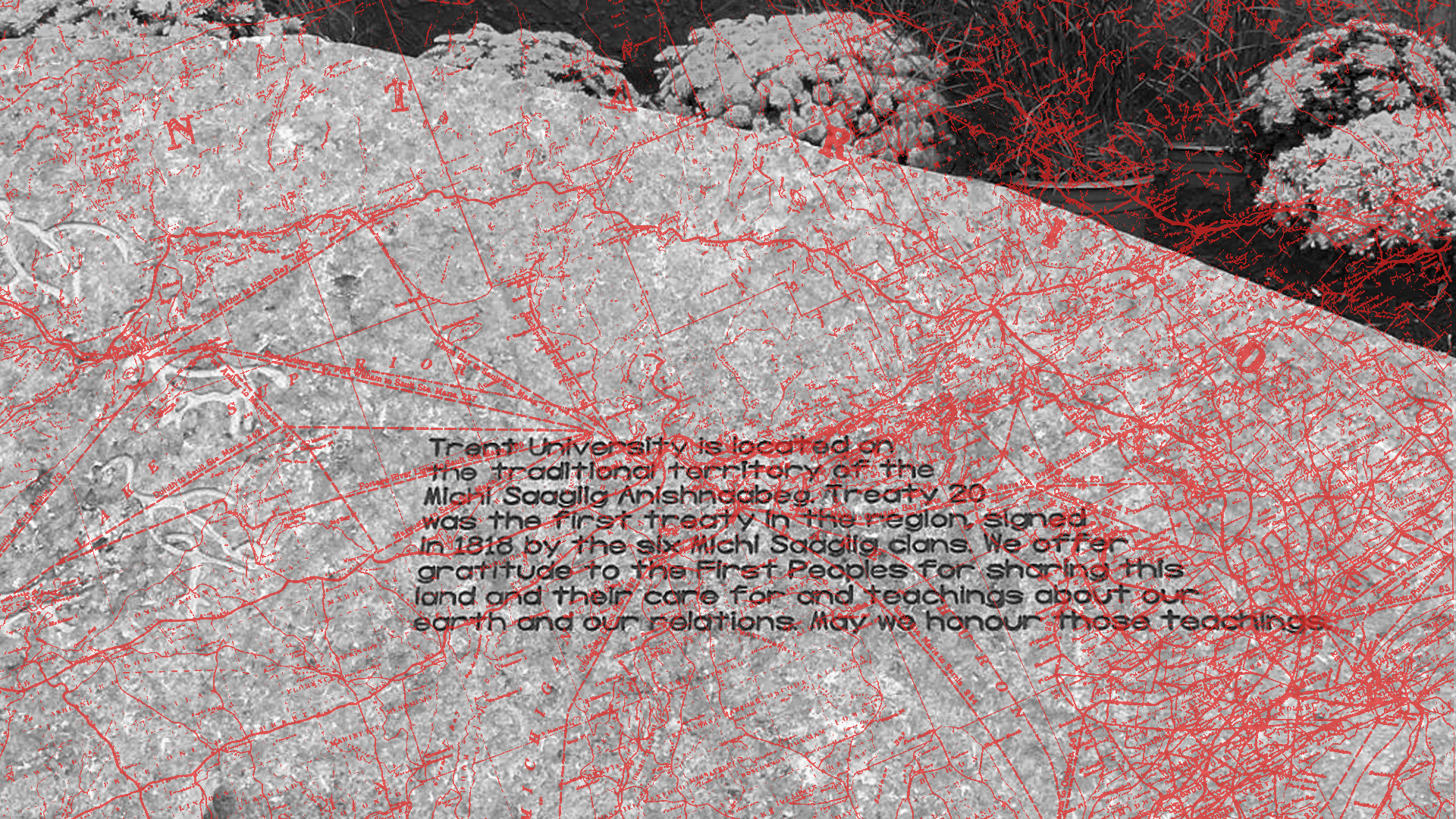Whilst I was doing research for another article [watch this space] about Pride in Canada I came across a documentary entitled The Fruit Machine. You perhaps have heard this term before, or not, but you might already know what it refers to. The Fruit Machine was a device used by the Canadian military to ‘screen’ male public servants during the Cold War to determine whether or not they may be homosexual. Famously, the machine worked by showing images of nude or semi-nude men to determine whether a person’s pupils would dilate with sexual interest. The device and tests were designed by Dr. Bob Wake from Carleton University and was considered, for a number of years, to be a scientific truth. It got its name from an RCMP member who called it the Fruit Machine as ‘fruit’ was a commonly used derogatory term for gay men. The documentary named after this device (directed by Sarah Fodey, 2018) features stories from not only victims of the Fruit Machine itself, but various ex-service members who were dismissed, blackmailed, and abused by the military and the RCMP during the 1960s and 70s.
Following the Second World War the USSR, newly allied with Canada, established their first embassy office in Ottawa. One clerk at the embassy, Igor Gouzenko, had been transferred from Moscow. He found in Canada better living conditions for himself, his wife, and child and when he was recalled with two years left on his contract in Canada he devised a plan to expose the Soviet Regime, knowing he would never be able to return home having done so. From his work as a cipher clerk Gouzenko had access to documentation proving the USSR had been spying on its allies. The contents of the files that Gouzenko stole led to the arrest (and sometimes execution) of a number of Canadians, Americans, and Brits who were suspected of involvement in USSR espionage. It was the knowledge gained by the Gouzenko Affair that in part led to the creation of missions to seek out Canadians who may be susceptible to defecting or had information that might be of interest to Soviet spies.
During the Cold War, the Canadian government feared that the Soviet Union were looking for weaknesses within the Canadian military to use for blackmail. Specifically, the government felt that service members with something to hide were at particular risk of blackmail. This could have encompassed a number of secrets – adultery, addiction, and more – however, the government selected homosexuals to be the primary target, feeling that they were the most susceptible to blackmail. Additionally, some felt that homosexuality and communism were synonymous, and in the time of ‘better dead than red’ this was a dangerous condemnation. And thus began the purge of gays and lesbians from public service.
Author John Sawatsky speaks about the conservative and right-wing attitudes of the Mounties and how they considered homosexuality to be a ‘moral failing.’ It was these types of beliefs that caused the RCMP to lead the hunt on finding gay service members. Many gay men in the civil service and military were followed and photographed to create files of evidence that could be used in interrogation and dismissal. Photographers often waited outside locally known gay hangouts such as The Rialto and the Lord Elgin Hotel. There were also characteristics and mannerisms that were associated with homosexuality and were used as evidence and justification. Some of these included men who wore a pinky ring, drove white convertibles, sat with their legs crossed, or talked with their hands. You may notice these stereotypes still being perpetuated today. People had to learn how to act in a certain way to prevent detection, it was described as having to “compartmentalise your life.”
Paul Fournier, hairdresser and Drag Queen, was arrested by the RCMP as they wanted him to provide the names of other (presumed) gay men who had been photgraphed. Fournier states proudly in this documentary that he never gave any names as he would “rather be a traitor to [his] country than a traitor to [his] friends.” Most of the interviewees in The Fruit Machine recall being asked to give names and share information on other gay and lesbian service members.
Once someone had been ‘discovered’ they were fired from their positions as a result of their sexuality. However, there were many civil servants who were found to be homosexual and were blackmailed into resigning from their jobs. Therefore, when researching how many people were discriminated against and dismissed there are a number of cases that would be overlooked due to having ‘resignation’ listed on their files. This causes significant issues when trying to assess how big of an issue the purge was and understanding how many people were impacted.
Although the Fruit Machine itself was targeted at gay men during the Cold War, and was abandoned by 1967, this was not the end of the attacks on gay and lesbian service members despite homosexuality having been (partially) decriminalised in 1969 under Pierre Trudeau’s Bill C-150. The 1970s saw a push for women to join the military, many of whom would find themselves undertaking Basic Training at Borden. Here, lesbian service members hid their sexualities in fear of interrogation and dismissal.
Interrogations at Borden were brutal. Women were taken, sometimes blindfolded, to an isolated shack and verbally and physically abused to admit to their sexuality and to give names of other lesbians. Many women described the humiliation and dehumanising techniques used in attempts to force them to speak. Often they would be asked how they have sex with another woman and other personal questions. One Jane Doe in the documentary said that she snapped during interrogation and responded to questions about sex by telling an officer “bring me your wife and I’ll show you.” However, acts of bravery like this (and others who refused to speak, and those who “confessed”) did not go unpunished. The majority of survivors interviewed spoke about their experiences with rape and sexual assault at the hands of the male officers. Most were young women, barely eighteen. Martine Roy asked her interrogators how they had found out about her sexuality and how they were allowed to treat her, and others, in such a way. She was told “we’re the military, we can do what we want.” Although homosexuality had been decriminalised these women were all dismissed from service as a result of their sexuality.
The interrogations, unfair dismissals, and abuse experienced by gay and lesbian service members were common practice until 1990. In 1990 the treatment experienced by these service members led to Michelle Douglas, Armed Forces Officer, deciding to file a lawsuit against the discriminatory policies in the military, RCMP, and public service. After being fired for being “not advantageously employable due to homosexuality” she began the process to end these policies. After a fraught battle she won her lawsuit on October 27, 1992. However, it was not until 2017 when a civil-suit was filed that the federal government provided $145 million in settlement funds, now overseen by the LGBT Purge Fund, for which Douglas is the Executive Director. This is not the end of discriminatory policies against 2SLGBTQ+ people, as the LGBT Purge Fund last year released a new report entitled Emerging from the Purge, which lays out twenty-three recommendations as to how the Government of Canada can improve equity, diversity and inclusion in the workplace. They rank their recommendations from foundational to reinforcing; some are aimed at specific governmental agencies and others are more general. Some examples of these recommendations include agencies “apply an intersectional lens to the development and review of all EDI [Equity, Diversity, and Inclusion] initiatives, including specific consideration to possible implications for all LGBTQI2S identities,” and they “review benefits policies and collective agreements in consultation with LGBTQI2S employees to ensure they reflect the realities of LGBTQI2S people, including family structures and health care needs.”
Although much of this can seem outdated and no longer relevant, this is still an ongoing issue. In the years since the Purge and the interrogations experienced by these service members many have requested the documentation and investigation files of themselves, however, the RCMP and National Defence have claimed they no longer have these files.
Watch The Fruit Machine online here.


.png)

.jpg)





.jpg)


.jpg)

.jpg)









.png)